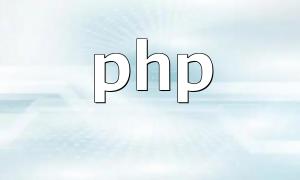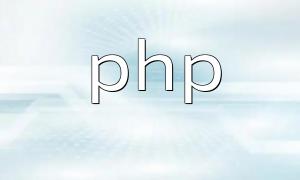PHP form handling is a crucial aspect of web development, allowing developers to collect information from users and interact with the server. While it may seem straightforward, it involves complex validation, sanitization, and security measures.
Forms consist of elements such as text fields, checkboxes, and radio buttons that allow users to submit data. To ensure data accuracy, input validation is essential, including checking required fields, email formats, and character length limits.
When a user submits a form, the data is sent to the server via an HTTP request. PHP scripts handle the data and perform necessary operations, such as storing it in a database, sending emails, or generating reports.
Before processing form data, it is crucial to sanitize and clean it to prevent malicious code or script injection. PHP provides built-in functions such as
htmlspecialchars()and
addslashes()to safely handle user input.
Sessions track user state and maintain data across multiple requests. CSRF tokens help validate form submissions, ensuring they are legitimate and preventing cross-site request forgery attacks.
Form handling may encounter errors, such as failed input validation or database connection issues. Developers should use PHP's error and exception handling mechanisms and provide clear feedback to users for a better experience.
Asynchronous JavaScript and XML (AJAX) allow partial form submission without reloading the entire page, providing a smoother user experience. PHP can respond to AJAX requests using JSON or XML, enabling dynamic interaction between client and server.
Creating secure and reliable web forms requires following best practices, including using HTTPS for encrypted transmission, validating all user inputs, preventing CSRF attacks, and implementing comprehensive error handling.
PHP form handling is an essential tool in web development. By mastering input validation, data sanitization, session management, error handling, AJAX submission, and security best practices, developers can build secure, stable, and user-friendly web form applications.









